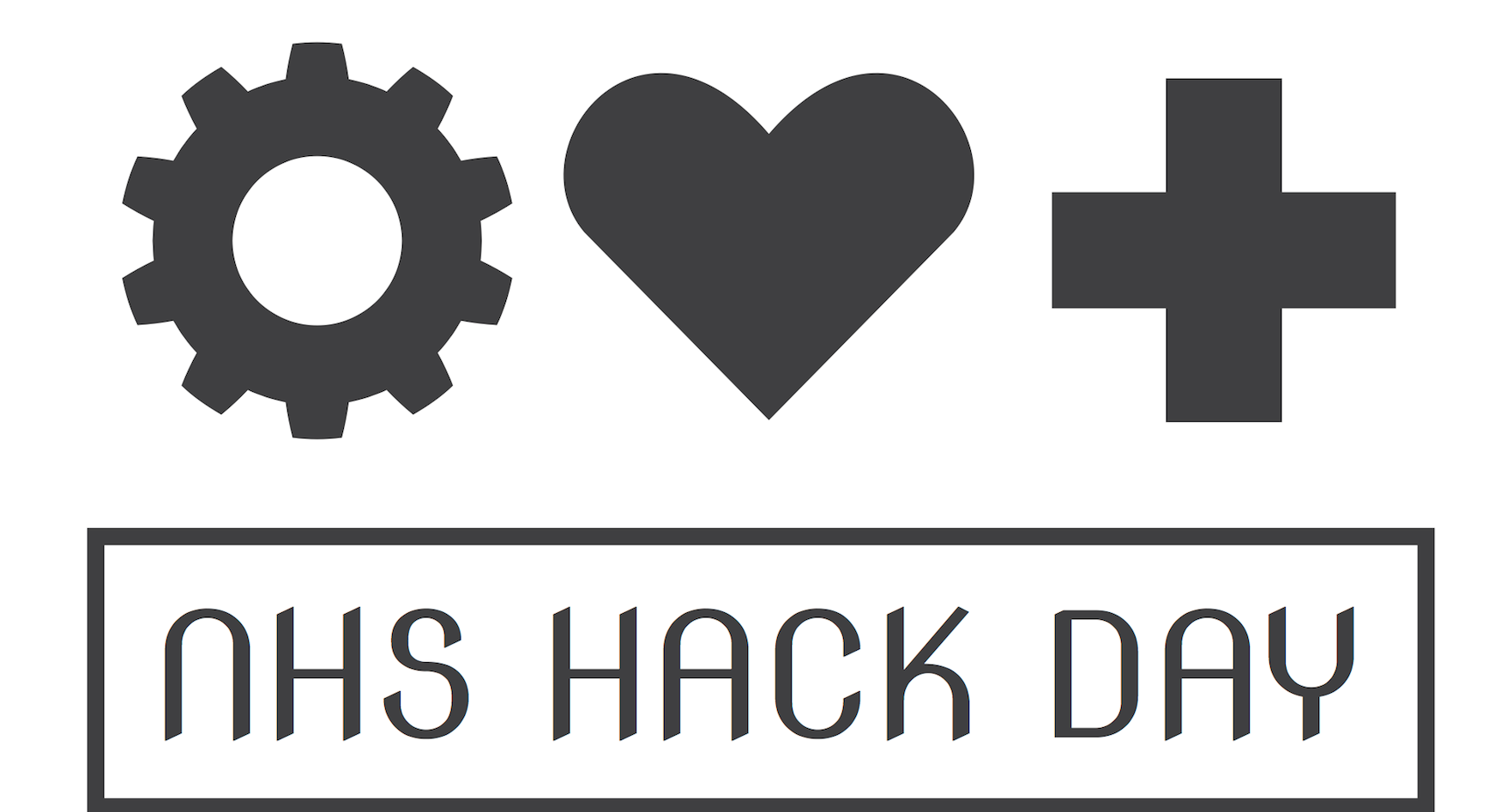
August 3, 2018, by Timothy Hill
NHS Hack Days: Big Data on the Frontlines
“The future” William Gibson famously declared, “is here. It’s just unevenly distributed.”
Nowhere does this feel more evident than in the NHS. In one part of the building where I’m writing this – the Queen’s Medical Centre – research oncologists are experimenting with Artificial Intelligence (AI) and Machine Learning (ML) techniques to diagnose cancer from biopsies with an accuracy that would have seemed impossible even ten years ago. In another part, consultants are part-relying on statistics on female fertility that date back to the ‘70s. And that’s not the 1970s. That’s the 1670s.
I didn’t really understand the reasons for that before I attended the NHS Hack Days held in Birmingham a couple of weeks ago. I’m used to looking at data once it’s all, in digital terms, been filed and organised – run through at least the Third Normal Form, schematised, marked up, and subjected to all the other tricks of the IT professional’s trade. And as a developer, I’ve spent more than my fair share of time swearing about how often those things go wrong: at how messy, uncontrolled, and just generally anarchic the results can be.
But nothing had prepared me for this.
“Supposing you’ve got six minutes to deal with each patient in A&E, and you introduce an electronic record system that adds two minutes to that.” one Information Officer explains to me. “Now, instead of ten patients an hour, you’ve got seven. After eight hours, you’re twenty patients behind, and that means another three hours. And actually, even 25% percent reductions in efficiency with the introduction of a new system aren’t uncommon.”
There will never be a spin-off called Holby City: Database Administrator. But four hours into the first Hack Day, I’m starting to think maybe there should. The urgency in the air is palpable. In attendance are not just developers, but Health Clinical Information Officers, Chief Clinical Information Officers, Chief Data Officers – all the people whose job it is to make sure that patients are tracked from the moment they arrive in hospital to the moment they leave, along with their histories, complications, medications …. And all of them are aware that a mistake can result in an operation on the wrong side of the patient. Or on the wrong patient. Or the wrong operation.
Even where mistakes are less catastrophic, patient records are the basis of the UK’s public-health data. Every time someone enters the NHS – whether ambling through the door of their doctor’s surgery or rushed in from an ambulance – information about them and what happens next helps contribute to the NHS’s understanding of the nation’s health. Of what works, or doesn’t. Of what drugs should be used, or avoided.
Or at least, it should. But often it doesn’t.
‘A lot of the time we don’t even use the same labels for the same condition. Maybe one clinician uses ‘Cardiac Arrest’ and another is more specific and uses ‘Asystole’.” one consultant says. “Or if the notes are handwritten and then scanned – well, maybe it’s illegible, or maybe they write ‘Card. Arr.’ or something random like that. And then multiply that by all the clinicians in all the trusts in the UK, and suddenly it’s very hard to discover something as simple as how many people have had heart attacks in the last ten years.’
And then of course, there’s the opposite problem as well, the too-much-data problem. By the time they’re thirty, most people will have built up a pretty thick book of data about themselves in the NHS – which might not be what an emergency-room orderly has to see when somebody’s rushed off an ambulance. One of the Hack Day proposals that garners the most interest is a way of actually reducing the amount of information the clinician sees, so that only the most important items are highlighted.
‘It’s about decision support.’ the clinician proposing it explains. ‘For when you’ve only got minutes.’
And his is one of the more visionary proposals. Most of the others are aiming to solve much more mundane, immediate problems: better ways to track when patients are admitted, discharged, or transferred (ADT systems, in NHS-speak); figuring out who’s in what bed; sorting out shared field permissions in a Summary Care Record (SCR); creating a standard interface for ferrying patient data between hospital and surgery.
It’s down-and-dirty, nitty-gritty, hands-on work. And as I wander from group to group, asking them what they’re working on, I start to see just how teeth-grindingly difficult it all is. The non-standard systems. The noise that enters the data. Navigating the extra security precautions that surround everything to do with the NHS.
By the time of the closing presentations a day and a half later, though, there’s a feeling not just of relief in the air, but of genuine, if exhausted, jubilation. The ADT system is indeed tracking the patients; the smart beds are beaming patient information to clinicians’ phones; the shared SCR fields are indeed being shared.
And when the system for retrieving surgery data via a hospital is demoed, and actually works, applause fills the air. It feels like a strange thing to celebrate – this little NHS number glowing on the screen. But everyone in the room can sense what those 10 tiny digits mean: that inside forty-eight hours, the frenzied realm of A&E admissions just budged a couple of inches closer to the cool and omniscient world of AI and Big Data.
‘I think it’s impressive,’ interrupts the Hack Day organiser, Marcus Baw, with admirable understatement ‘what we’ve all managed to accomplish in just two days.’ And he’s right. The future still feels pretty far removed from the NHS’s messy present-day realities of patients and doctors, diseases and prescriptions. But it’s definitely left the 1670s behind; and on current showing, it’s heading for the horizon at a sprint.

[…] NHS Hack Days: Big Data on the Frontlines […]